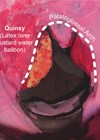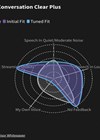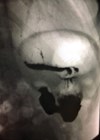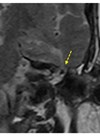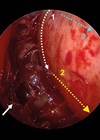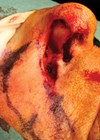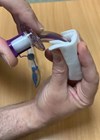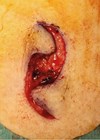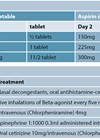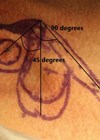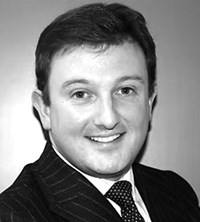How I Do It
Building low-cost high-fidelity simulation for ENT
In this article, the authors describe their ingenious technique to produce affordable yet realistic simulation models for some common ENT procedures. The use of surgical simulation in otolaryngology training has significantly increased in recent years. This is most likely due...
HearAdvisor’s scientific and consumer-friendly approach to evaluating hearing aids
An ageing population means more hearing aid users. The authors of this article describe their techniques for independently assessing prescription and over-the-counter hearing aids in an acoustic laboratory. As the role of consumers in the hearing aid purchasing decision continues...
Retrograde cricopharyngeal dysfunction (RCPD) - inability to burp: treatment with Botox injection
As unusual as it may sound, some people have great difficulty burping. We hear of one approach to tackling this problem. Retrograde cricopharyngeal dysfunction (RCPD) is a condition presenting with inability to burp, resulting in gaseous distension of the digestive...
Non-absorbable synthetic material for middle fossa repair using a combined transmastoid/middle fossa approach
Repair of CSF leaks can be a challenging technical undertaking. In this article, the authors describe their use of a synthetic material to help with the successful repair of these leaks from the middle cranial fossa. Erosion of the middle...
Transnasal endoscopic orbital decompression
Surgery for the eye complications of Grave’s disease is an area that, over the years, ENT has become more and more involved in due to our ability to access the orbit endoscopically. In this article, the authors describe their technique...
Mindfulness meditation: how personal experience of managing severe pain contributes to understanding tinnitus management
In this interesting article the author describes the potential benefit of mindfulness in the management of tinnitus, using a case report to illustrate this.This may well be an additional direction we can suggest for our patients. Mindfulness is a word...
Random-pattern skin flaps: part 4 - transposition flaps
In the final part of our series on local skin flaps (see Part 1, Part 2 and Part 3) in ENT, the authors describe the usefulness of the transposition-type flap and highlight some examples. Rotational advancement flap Useful for defects...
Chester-gel technique
Umesh Nagalotimath and Robert Temple describe a simple and effective technique for enhancing vision during endosheath use for flexible nasendoscopy. Endosheaths are used to complement the cleaning of flexible scopes. The advantages are time saving for clinicians as this reduces...
The ‘umbrella furling’ deflation technique for cuffed tracheostomy tube - a useful tip for an easier tracheostomy insertion
In this article, the authors describe a quick and effective technique to assist with the maximal deflation of a tracheostomy tube cuff prior to insertion, thus making the process easier with less chance of damage to the cuff and a...
Random-pattern skin flaps: part 3 - Z-plasty flaps
In this third (see Part 1 here, Part 2 here and Part 4 here) of four articles outlining, in some detail, the practical steps for some important local skin flaps, Christopher Thompson and Miles Bannister describe the Z-plasty; a very...
Aspirin desensitisation for aspirin-exacerbated respiratory disease (AERD)
In this article, the authors describe the importance of identifying aspirin-exacerbated respiratory disease in patients with chronic rhinosinusitis refractory to standard medical treatment. This can then open the door to considering aspirin desensitisation treatment which, in their hands, has proven...
Random-pattern skin flaps: part 2 - rhomboid and bilobed flaps
In the second of our series on local skin flaps (see Part 1 here, Part 3 here and Part 4 here), the authors describe more techniques and examples of various skin flaps that trainees should find very interesting. Rhomboid flap...


